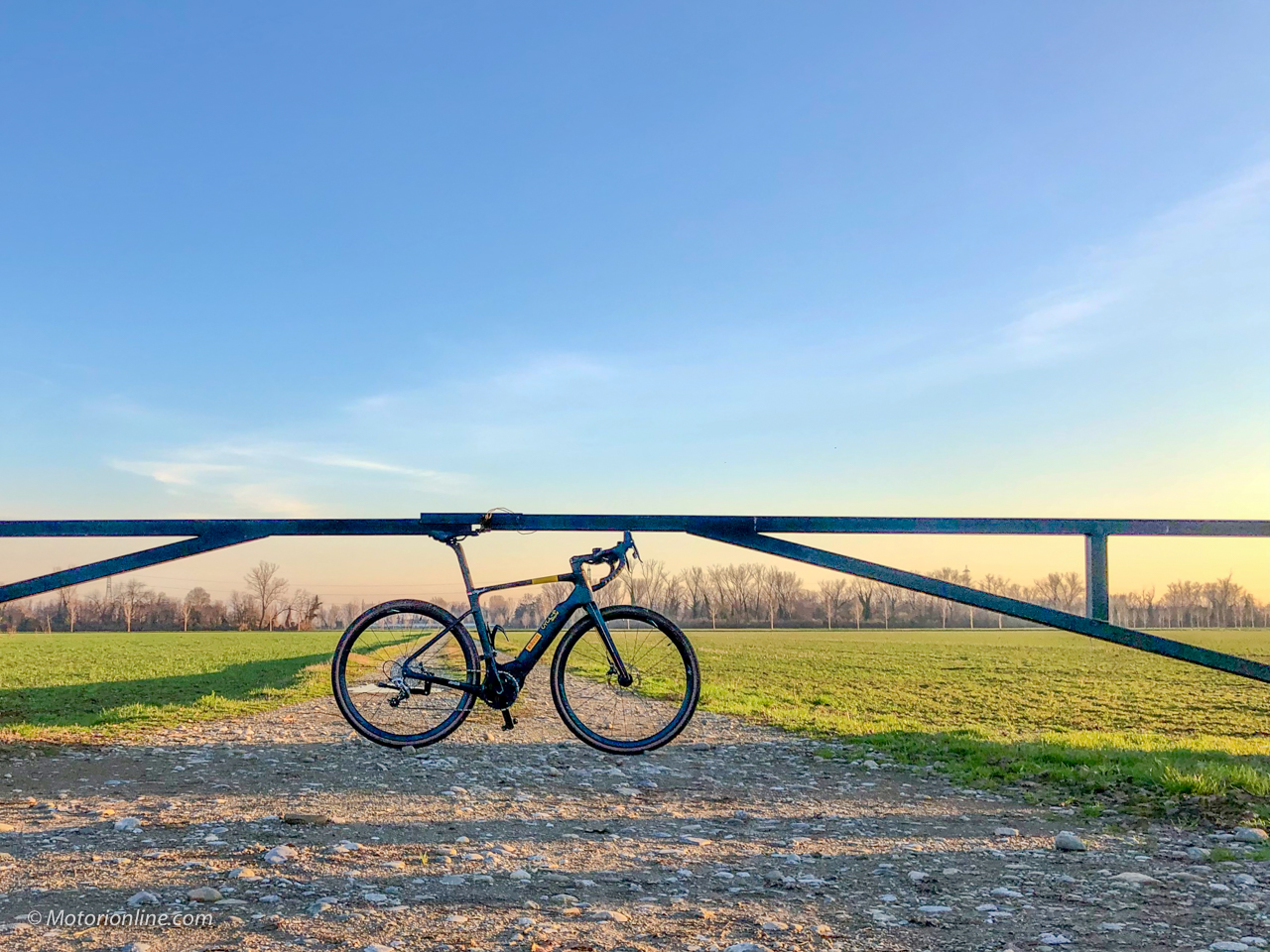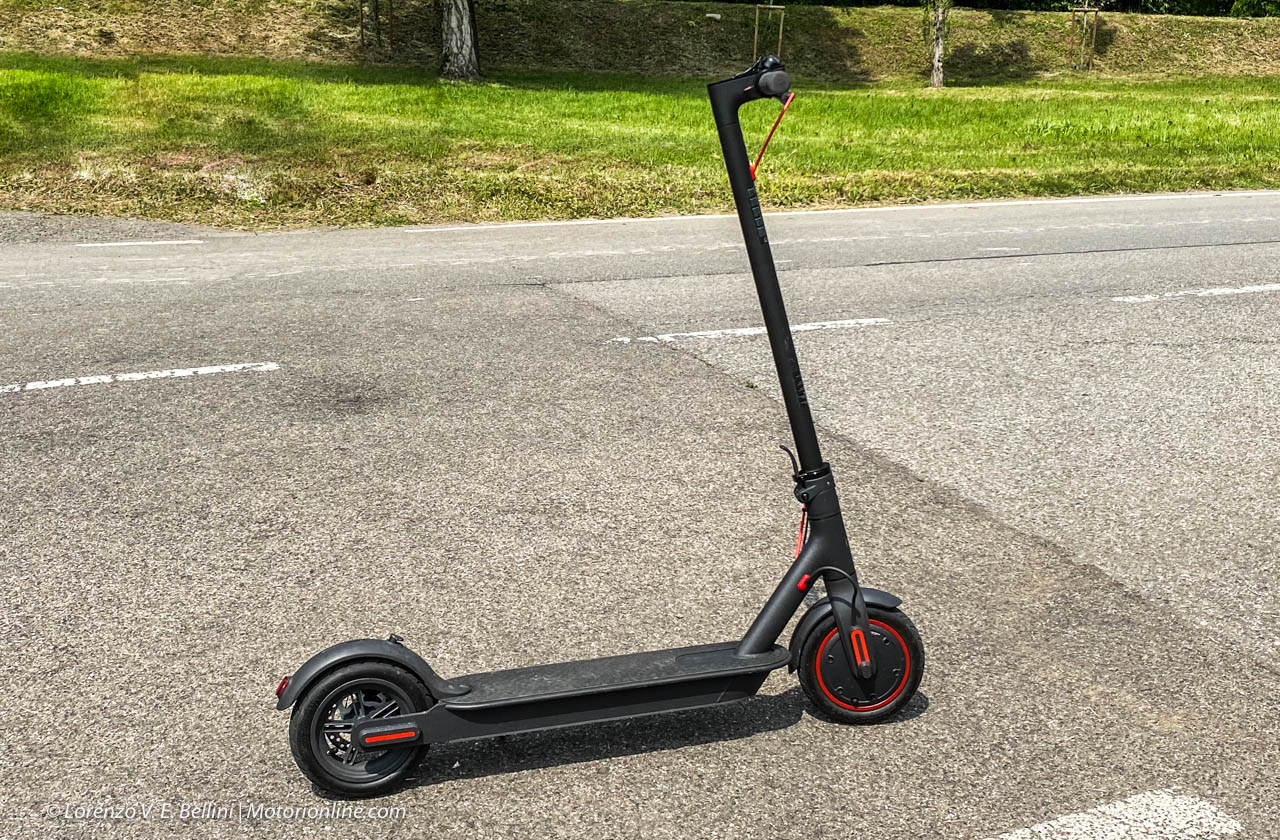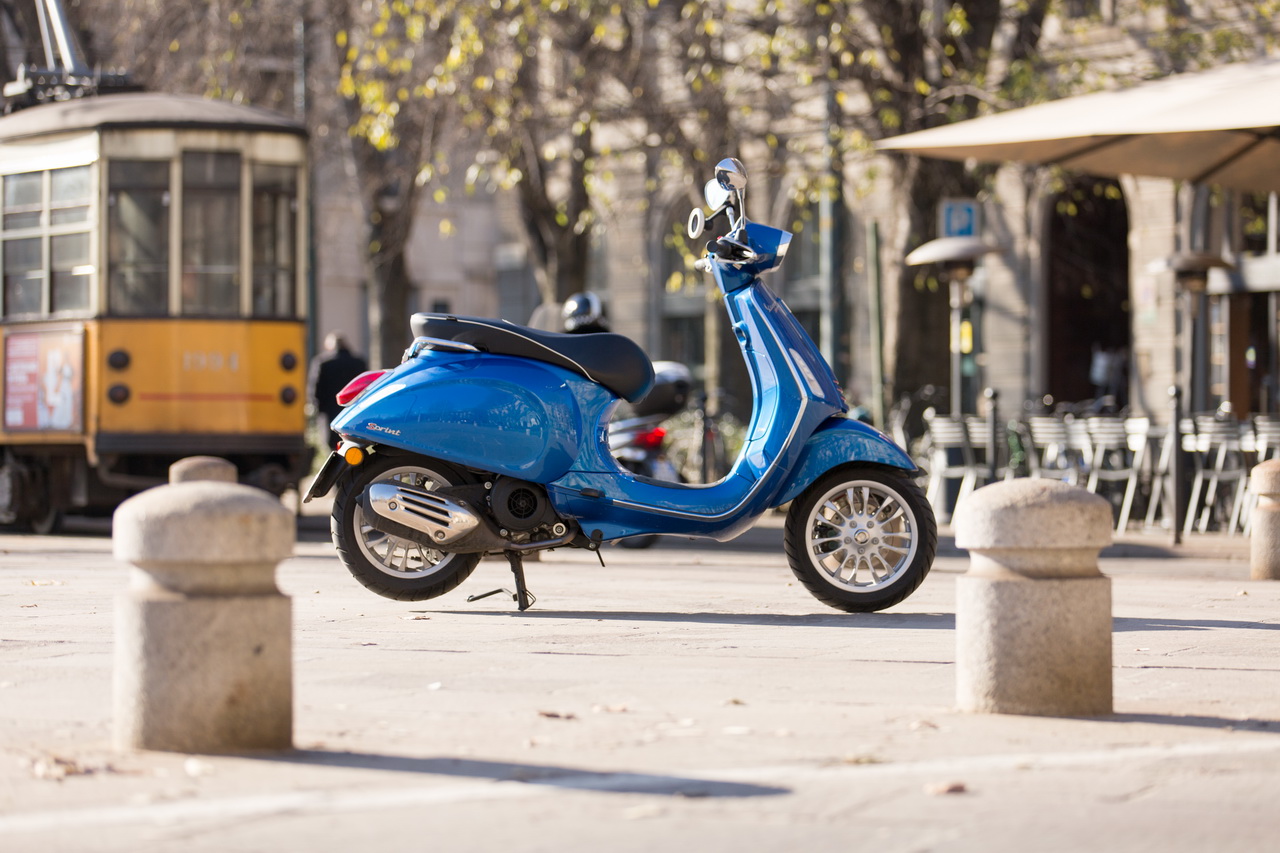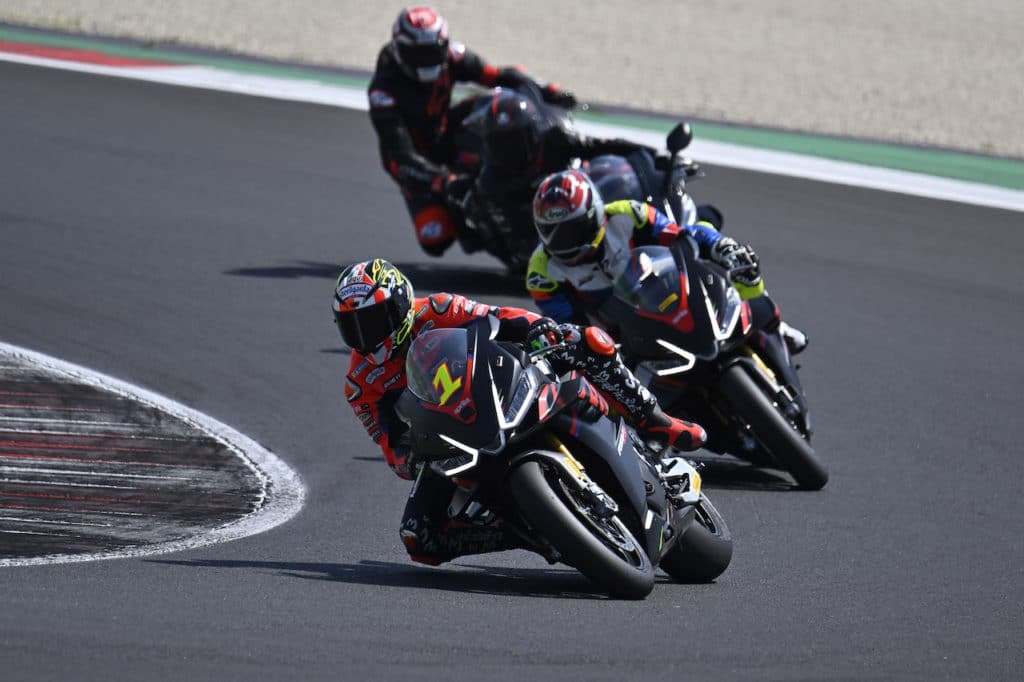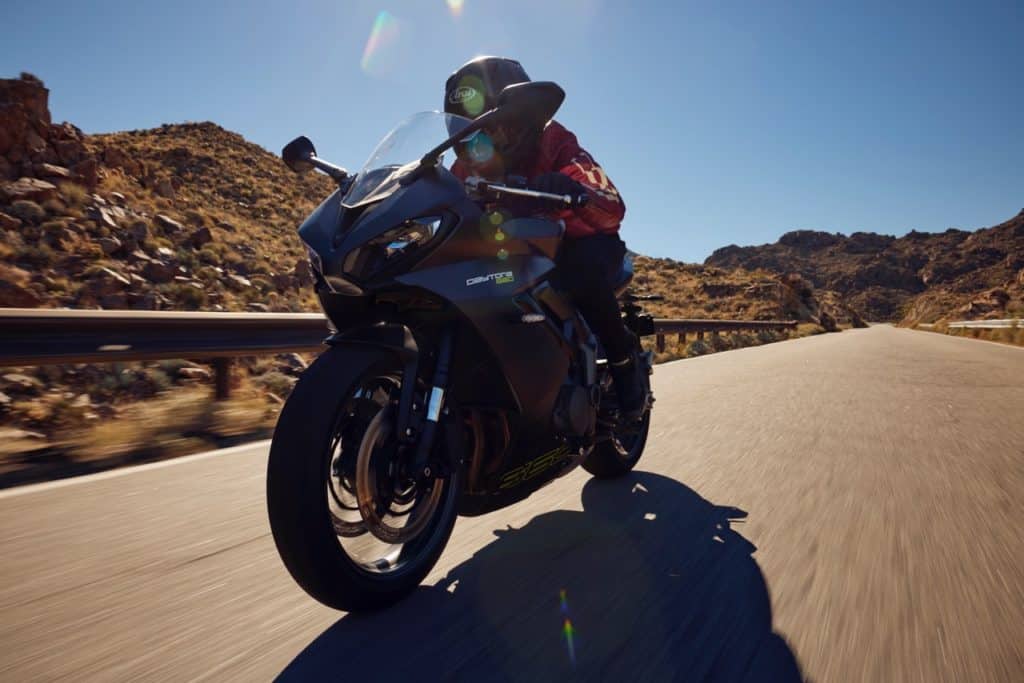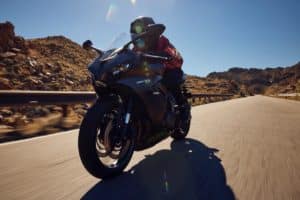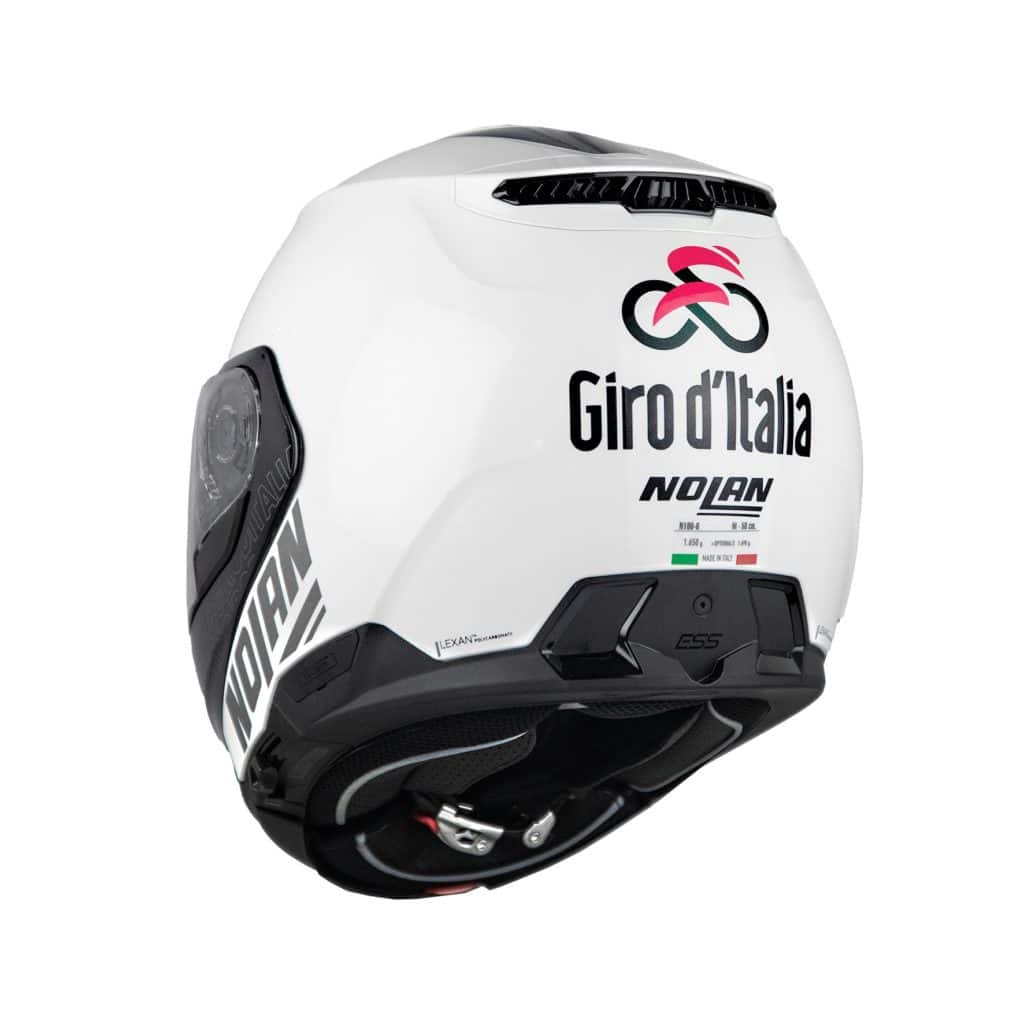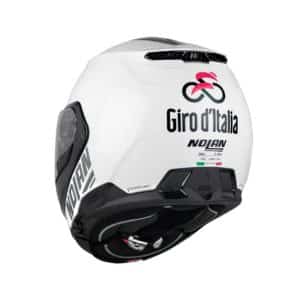Urban mobility, Focus2R Observatory: private travel on two wheels is increasing
The research presented in Milan
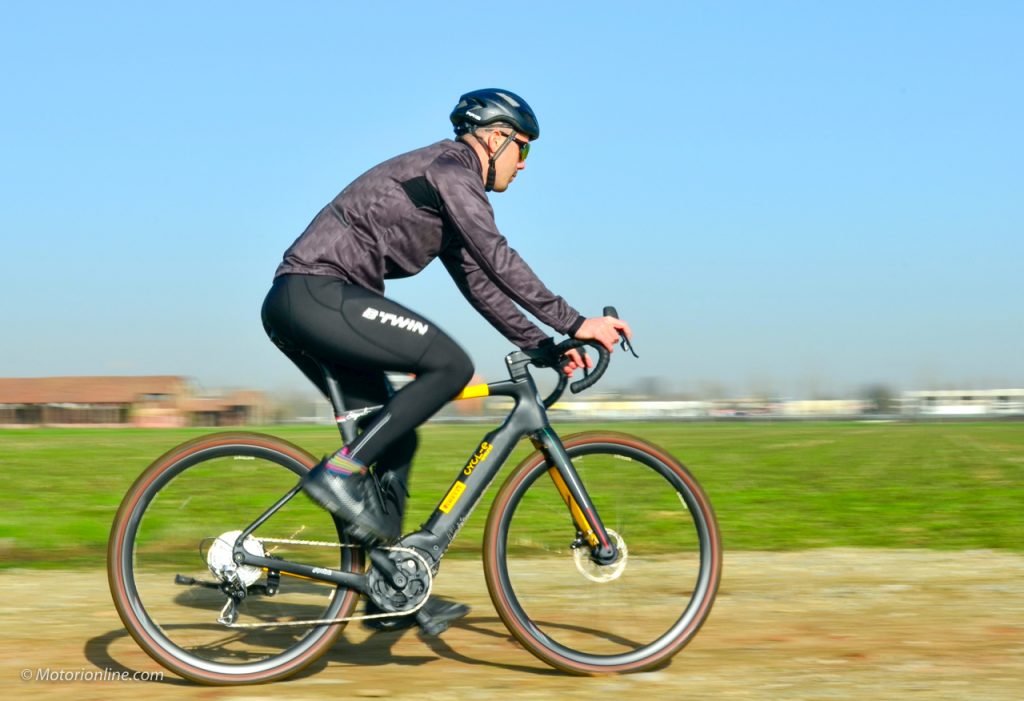
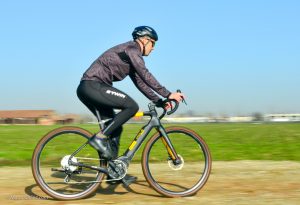
According to the seventh report of the Focus2R Observatory, research promoted by Confindustria ANCMA (National Association of Cycle and Motorcycle Accessories) with Legambiente, a report prepared by the consultancy firm Italian environment and presented in Milan as part of an event in which the councilors with delegations for mobility of the municipalities of Milan, Parma, Genoa and Palermo also took part; there is an increase in trips made by private individuals on motorized and non-motorised two-wheeled vehicles, just as there is an increase, albeit modest, in the average availability of cycle paths after the 2020 figure and, overall, the opportunities for sharing mobility, with its own detail of scooters. Charging points for electric vehicles have also increased, but attention to the safety of those traveling by motorbike and scooter is still too limited, as is the access of motorcycles to the preferential lanes.
The news and the data
The analysis, linked to a questionnaire sent during 2021 to 106 capital municipalities and to which they responded 94 administrations, in addition to the historic and detailed questionnaire on the Urban Ecosystem of Legambiente, allows an updated overview of the policies introduced by the Italian provincial capital municipalities and dedicated to urban cyclists and motorcyclists. Information is available on cycle paths, sharing mobility, dedicated parking and further aspects related to two-wheel mobility in urban centres.
Starting from the analysis on mobility by bicycle, interesting findings are immediately highlighted on the number of municipalities in which the transport of bicycles on public transport is allowed (58%) and on the realities that have bike interchange stations in all or at least one railway station: from a percentage of 74% in 2020 to 77% of 2021. Moving on to bike sharing services, via data from the National Sharing Mobility observatory; Milan, Turin, Bologna, Florence and Padua, alone, account for 71% of the total fleet available in the various capitals. In 2021, the number of bikes shared at a fixed station is 12.184, of which 2.272 are pedal-assisted and 9.912 are traditional, up by 2,7% and 7% compared to 2020. Among the cities with the highest use we find Milan , Brescia, Florence, Padua, Turin and Bologna, all around one million annual withdrawals, while in Milan 4 million withdrawals were confirmed in 2021. The total number of withdrawals per year grew by 7% compared to the previous year . The percentage of municipalities where electric charging points for pedal-assisted bicycles are available is also increasing, going from a value of 38% in 2015 to 46% in 2021, in 2020 it was 42%.
The feedback on infrastructure is also good, given the average availability of cycle paths which, after the notable increase in 2020, reaches 9,86 meters equivalent per 100 inhabitants, recalling that it was 9,5 in 2020, an increase of 38% compared to to 2015.
The diffusion of the services related to scooters, given that half of the total rentals carried out in Italy were recorded in 2021, a figure of 17,8 million with a doubling of the number of rentals in 2020.
In 2021, 41% of the 98 cities that responded indicated they had an electric scooter sharing service, according to the report's data. Rome has the largest number with 14.500 units, followed by Milan with 5.250 and Reggio Emilia with 1.600 examples. While Bari with 1.500 vehicles and Pescara with 500 units are the places where a high use of these vehicles is ascertained compared to other cities with 1.569.435 and 592.002 withdrawals per year.
According to data from the Sixth National Report on Sharing Mobility, 52% of the entire shared mobility fleet between sharing services with cars, scooters, bicycles and scooters is represented by the latter.
Furthermore, regarding accidents involving injuries to people involving users who use electric scooters, 2.000 cases have been confirmed with 2.107 injuries and 10 deaths.
In urban areas, theuse of mopeds, motorbikes and scooters, given an average of 13,53 motorcycles per 100 inhabitants. In 2017 they were 12,5.
The percentage growth of the electricity market is also significant, with a figure of +59% mentioned, but overall access to the lanes reserved for public transport remains limited. An opportunity not permitted in 89% of cities. Compared to 2020, the number of capitals in which access is allowed in all or most of the lanes drops, varying from 8 to 3 and the cities of Taranto, Imperia and Venice stand out in particular. Access is only possible in some lanes in Bergamo, Como, Genoa, Milan and Reggio Calabria, a figure of 6%, considering the cities.
Speaking of shared mobility, in 2021 the sharing of electric motorbikes and scooters is active in 14 municipalities, 6 more than in 2020 and increased by 11 compared to 2015. The percentage of cities where electric vehicle charging points are available is also growing , going from 62% in 2020 to 65% in 2021. In 2015 it was 42%, as mentioned.
Furthermore, the data relating to safety are not comforting, given that the number of municipalities that focus on the extension of roads equipped with guardrails with specific protections to protect the safety of motorcyclists in the event of an accident remains almost unchanged and the data on the improvement worsens of safety in municipal planning tools, not perceived as a priority for 39% of cities involved in the analysis.
A series of rankings was also reported Top 5 on cities by categories:
Top 5 for cycling infrastructure (equivalent meters per inhabitant) – Reggio Emilia, Cuneo, Lodi, Verbania and Treviso;
Top 5 for bicycle parking at railway stations – Bologna, Florence, Ferrara, Piacenza and Treviso;
Top 5 in bike sharing – Milan, Padua, Mantua, Bologna and Vicenza make up the poker for number of bikes per 1.000 inhabitants, while the top 5 for subscribers per 1.000 inhabitants is instead made up in order of Mantua, Florence, Reggio Emilia, Pesaro and Brescia;
Top 5 for concentration of motorbikes in the cities participating in the focus (vehicles per 100 inhabitants) – Imperia, Savona, Pesaro, Catania and Trieste;
Top 5 for availability of motorbike parking (spaces per 1.000 inhabitants) – Florence, Aosta, La Spezia, Imperia and Savona.
Despite the gap between North and South in the measures adopted, there is a constant increase in attention to two-wheeled mobility on the political agenda of Italian cities. An increase related to the main indicators of the report, but still not proportional to the trend of the bicycle and motorcycle market and the presence of these vehicles in city environments. Over 1,9 million bicycles were sold, a 5% increase for e-bikes with data referring to 2021; therefore for mopeds, scooters and motorcycles the positive result of the previous year was repeated with over 291 thousand units registered in 2022. A growth of 0,95% compared to 2021.
Repertoire photos
if you want to always be updated on our news
Follow us here

